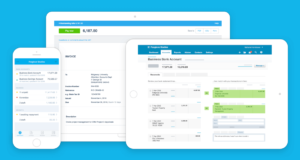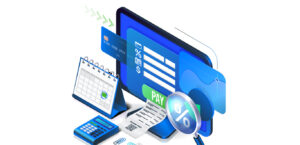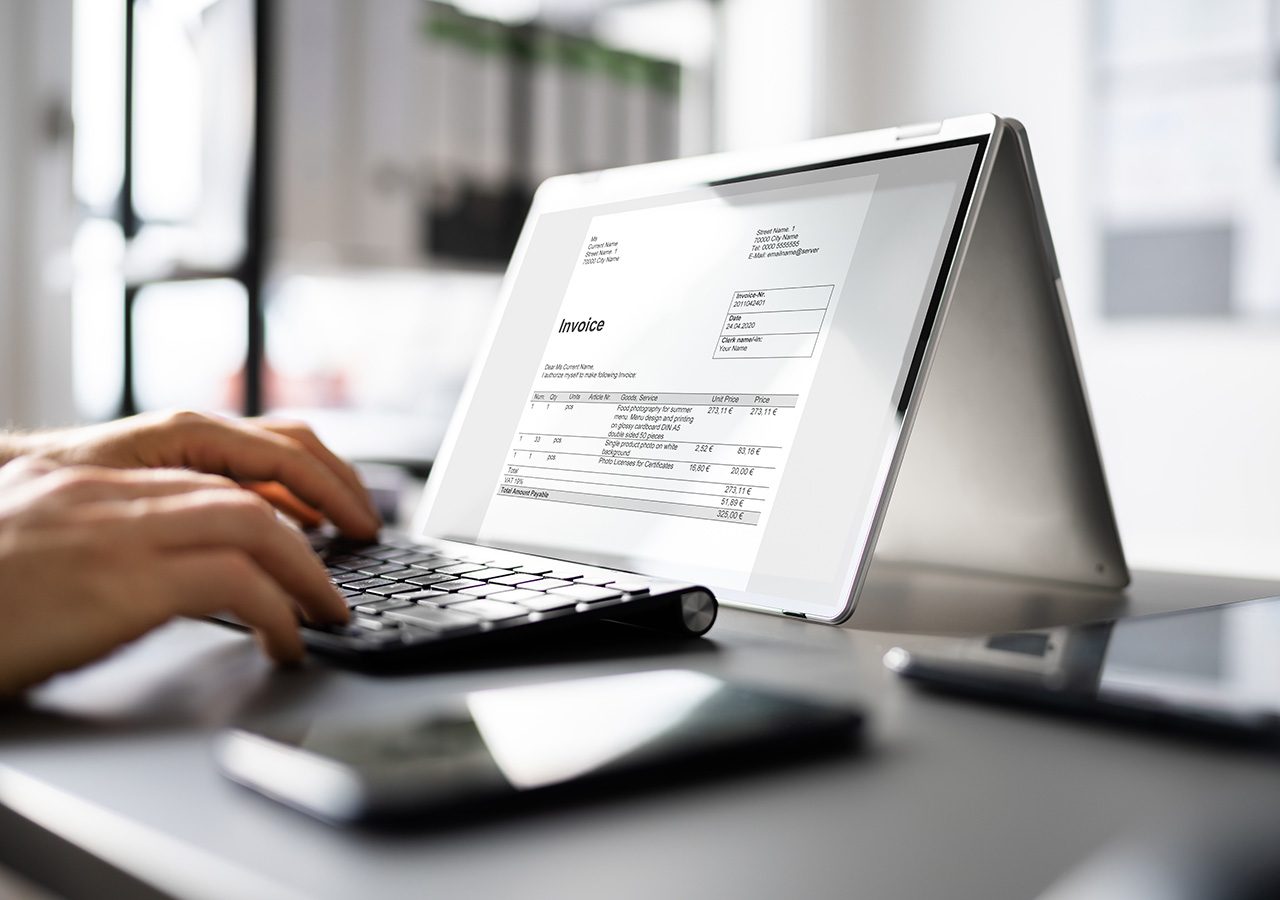Imagine that you are running a restaurant. You have a lot of assets, such as kitchen equipment, furniture, utensils, food, and beverages. How do you know if your staff are using your assets efficiently and effectively? How do you prevent theft, loss, or damage?
How do you manage repairs and replacements? How do you comply with health and safety regulations? How do you budget and forecast your expenses and revenues? These are some of the questions that asset management software can help you answer.
Can you also imagine that asset management software is not just a fancy term for keeping track of your inventory? It is a powerful tool that can help you optimize your business performance, reduce costs, and increase profits. Asset management software is like a smart assistant that knows everything about your assets, from their location and condition to their maintenance and depreciation. It can help you plan, monitor, and control your assets throughout their lifecycle, ensuring that they are always in the best shape and ready to serve your needs.
Now, here are the big questions; How can you familiarize yourself with asset management software? How do you choose the right one for your assets? And, how do you implement the software effectively in your organization?
However, don’t look too far to see. You are currently reading the solution to the questions above. Just make sure you read this article step by step and read it to the end. Ready? Simply proceed to read this article.
To know what asset management is:
1. Understand the Scope And Definition of Asset Management Software
2. Know the Benefits And Challenges of Using Asset Management Software
3. Know the Types And Categories of Asset Management Software
4. Know the Criteria And Factors for Selecting Asset Management Software
5. Know the Steps And Best Practices for Implementing And Using Asset Management Software
1. Understand the Scope And Definition of Asset Management Software
To know what asset management software is, understand the scope and definition of asset management software. You can use asset management software to manage your physical and digital assets. In fact, you can use it to track the locations, usage, performance, maintenance, and lifecycle of your assets, such as equipment, tools, software, hardware, and documents.
Choose asset management software if you want to optimize the costs and benefits of owning and using your assets, as well as comply with legal and contractual obligations.
Note that the scope of asset management software can vary depending on the type and category of the software, the type and category of the assets, the industry and domain of the organization, and your needs and preferences. However, some common features and functions you can get from the most asset management software offer are:
● Asset inventory: Use this feature to create and maintain a comprehensive list of all the assets you have in your organization. It can include details such as asset name, description, type, category, location, owner, status, value, serial number, barcode, QR code, RFID tag, etc.
● Asset classification: Maximize this feature to group and categorize your assets based on various criteria, such as function, purpose, lifecycle stage, risk level, criticality level, etc. It can help you prioritize and allocate your assets more effectively.
● Asset lifecycle management: Use this feature to monitor and manage the entire lifecycle of your assets from acquisition to disposal. It can help you plan and execute activities such as procurement, installation, commissioning, operation, maintenance, repair, upgrade, replacement, decommissioning, disposal, etc.
● Asset performance management: You can use this feature to measure and improve the performance of your assets in terms of efficiency, reliability, availability, quality, safety, etc. You can also use it to collect and analyze data from various sources such as sensors, meters, diagnostics, inspections, audits, surveys, etc
● Asset cost management: This feature allows you to optimize the costs and benefits of owning and operating your assets. You can use it to calculate and compare various costs such as acquisition cost, operating cost, maintenance cost, repair cost, replacement cost, disposal cost, etc. It can also help you to estimate and maximize various benefits such as revenue, profit, savings, return on investment (ROI), etc.
● Asset risk management: Take this feature to identify and mitigate the risks associated with your assets. Assess and manage various risks such as failure risk, damage risk, theft risk, loss risk, obsolescence risk, compliance risk, etc. Also, you can implement preventive and corrective actions such as contingency plans, backup plans, insurance plans, recovery plans, etc.
2. Know the Benefits And Challenges of Using Asset Management Software
To gain knowledge about the concept of asset management software is to know the Benefits and challenges of using asset management software. Be aware that asset management software is a tool that helps you manage your assets more effectively and efficiently.
It can help you with tasks such as tracking, planning, optimizing, complying, and reporting your assets. It can also help you improve your productivity, profitability, quality, and sustainability; reduce your costs and risks; gain insights, and make better decisions.
However, don’t forget that asset management software can also be complex and costly to implement and use; difficult to integrate and customize; vulnerable to errors or attacks; and dependent on human factors.
>>> PRO TIPS: How to Choose Invoicing Software
3. Know the Types And Categories of Asset Management Software
To Identify what asset management software entails, know the types and categories of asset management software. First, understand the types of assets you have in your organization. These can be tangible assets, such as machines, vehicles, buildings, or inventory; or intangible assets, such as software licenses, patents, trademarks, or data.
Understand that there are different types and categories of asset management software, depending on your type and category of assets, industry, and domain of your organization, and your needs and preferences. Some of the common types and categories are Enterprise asset management software, Digital asset management software, IT asset management software, and Fixed asset management software.
4. Know the Criteria And Factors for Selecting Asset Management Software
To familiarize yourself with the essence of asset management software, know the criteria for selecting asset management software.
Follow these steps to get asset management software.
● Define your requirements and expectations for the asset management software: Consider what types of assets you want to manage, what features and functions you need, what goals and outcomes you want to achieve, and what budget and timeline you have.
● Research and compare different asset management software options: Use web search results or market guides to find and evaluate various asset management software solutions. You can also look for reviews, ratings, testimonials, or case studies from other users or experts.
● Request a demo or a free trial of the asset management software: Contact the software vendor or developer and ask for a demonstration or a trial period of the asset management software. This step can help you test the software’s functionality, usability, performance, and compatibility with your organization’s needs and preferences.
● Negotiate the price and terms of the asset management software: Discuss with the software vendor or developer the pricing model, payment options, contract duration, service level agreement, support options, and warranty terms of the asset management software. Ensure you try to get the best value for your money and ensure that there are no hidden fees or charges.
● Purchase and install the asset management software: Follow the instructions and best practices that the software vendor or developer provides to purchase and install the asset management software in your organization. In addition, check for any updates or upgrades that may be available for the software.
5. Know the Steps And Best Practices for Implementing And Using Asset Management Software
To fathom the importance of asset management software, know the steps and best practices for implementing and using asset management software. First, determine the value and condition of your assets. You can use various methods to assess the value of your assets, such as market value, replacement cost, or net present value. You can also use tools to monitor the condition and performance of your assets, such as sensors, meters, or diagnostics.
Second, train your staff on how to use the asset management software. You can train your staff in different ways. One of the options is to use documentation, tutorials, videos, webinars, or online courses to train your staff on how to use the asset management software effectively and efficiently. Another way is to ask for assistance from the software vendor or developer if you encounter any problems or difficulties.
Lastly, define the objectives and policies for managing your assets. Make sure you have a clear vision of what you want to achieve with your assets, such as improving efficiency, reducing costs, increasing revenue, or enhancing customer satisfaction. To crown it all, create a set of rules and guidelines for how to use, maintain, and dispose of your assets responsibly and sustainably.
Also, don’t forget to choose an asset management software that suits your needs. Furthermore, don’t forget to monitor and evaluate the results of your asset management. You can do this by using the data and reports from the asset management software to measure and analyze the performance and outcomes of your asset management activities.
>>> GET SMARTER: How to Choose Warehouse Management Software
Recap
To understand the nature of asset management software, first familiarize yourself with the concept of asset management software. After this, find out the benefits and challenges of using the asset management software. In addition, evaluate the different types and categories of asset management. Then, know how to choose the best asset management software for yourself. And, finally, research how you can implement and use your asset management software.












